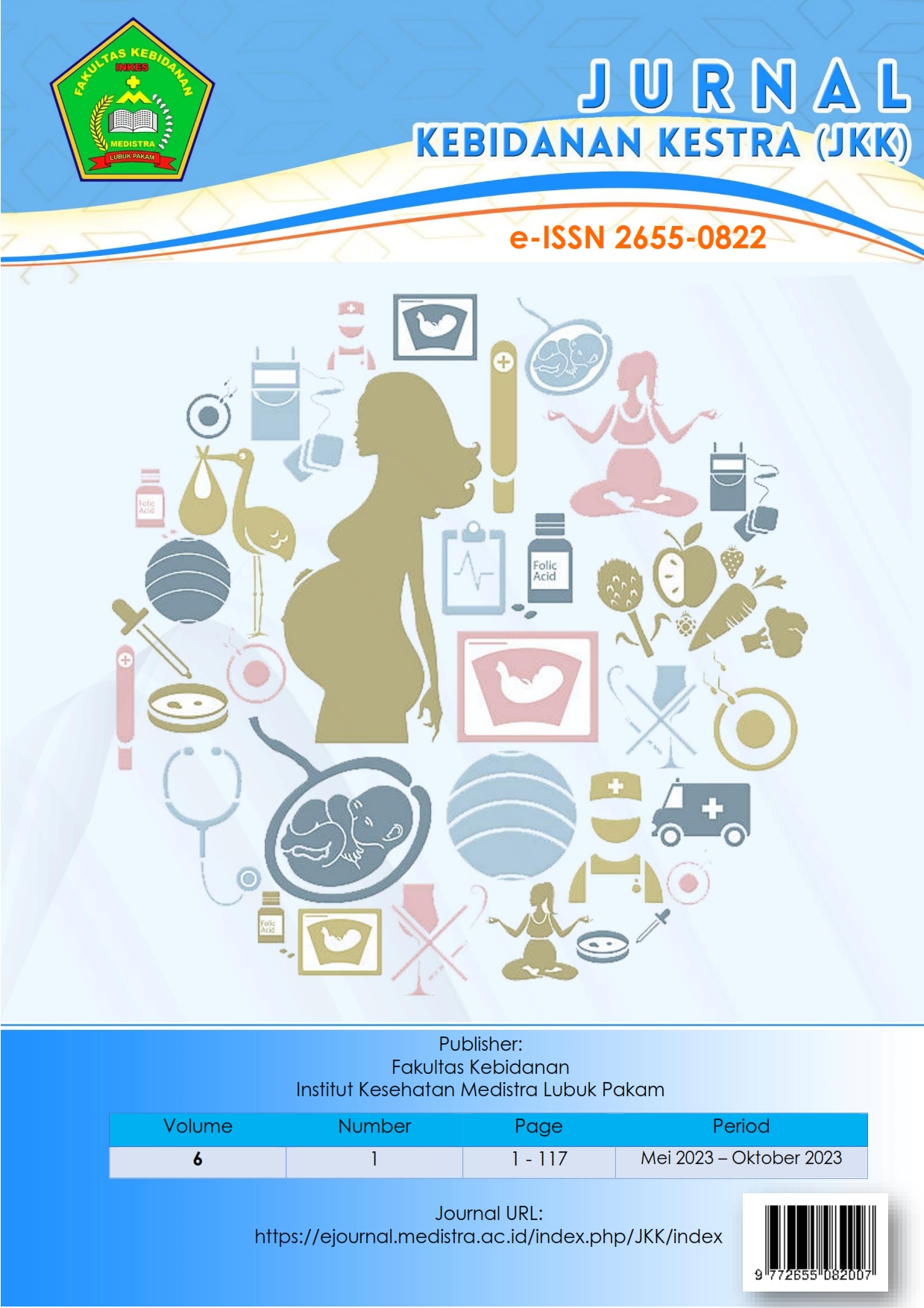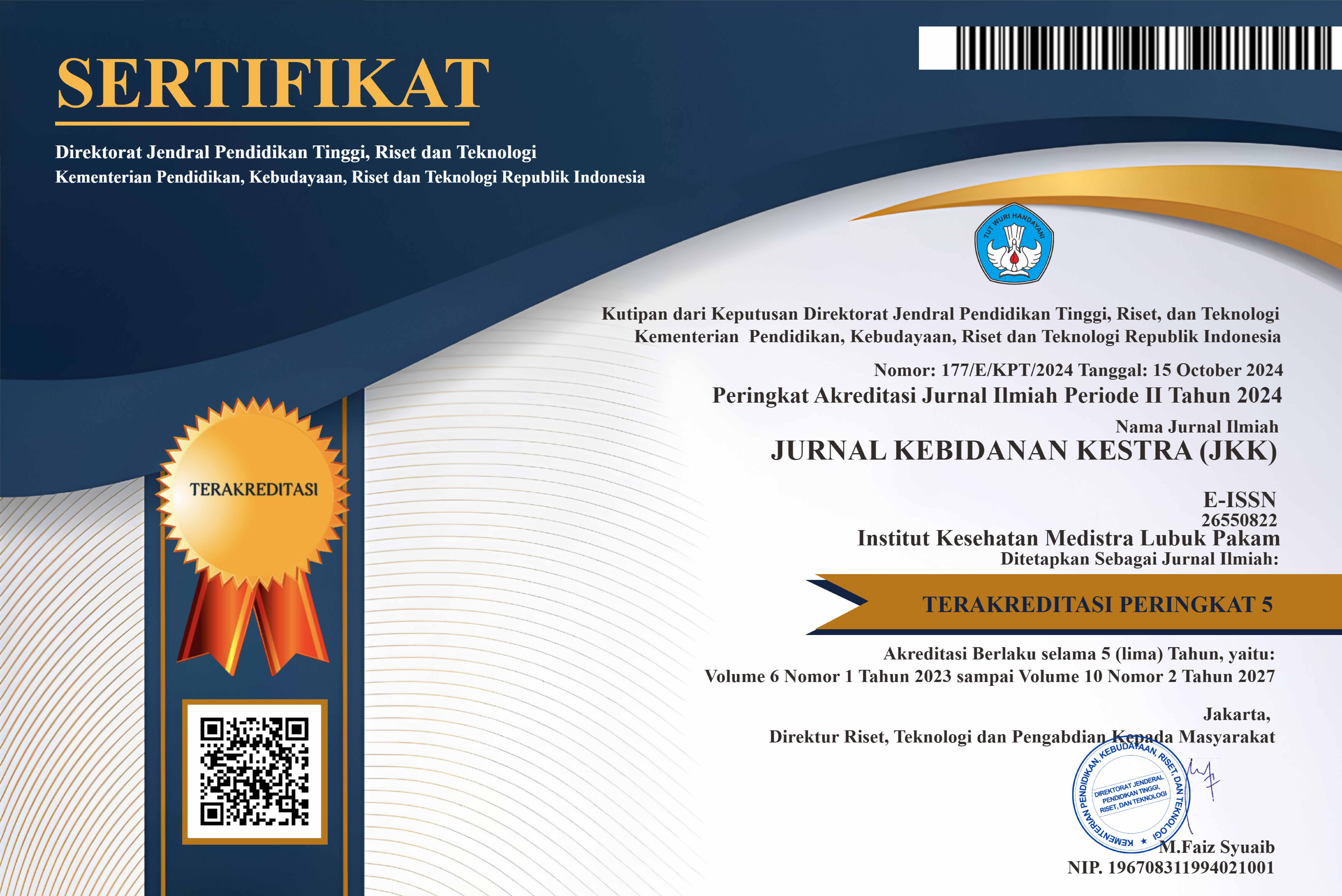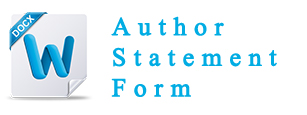Readiness of Health Workers in Facing Catastrophic Disease Emergencies in Remote Areas
DOI:
https://doi.org/10.35451/jkk.v6i1.2522Keywords:
Health worker readiness, Catastrophic diseases, Remote areasAbstract
This study aims to understand the readiness of health workers in dealing with catastrophic disease emergencies in remote areas using a qualitative descriptive approach through case studies. Data were collected using questionnaires, in-depth interviews, participant observation, and document studies. Respondents consisted of 30 health workers, including 15 doctors, 10 nurses, and 5 other medical personnel, with the majority having more than 5 years of work experience and having attended emergency training. The results of the study indicate that health workers have a sufficient level of knowledge in handling emergencies, but practical skills in the use of emergency medical equipment and the implementation of communication protocols still need to be improved. Their attitudes towards emergency situations are generally positive, although some expressed concerns regarding limited facilities and resources. Factors that influence the readiness of health workers include education level, work experience, and support from the government and non-governmental organizations. Recommendations from this study include improving ongoing training, providing more adequate medical equipment, and strengthening coordination between related institutions. In addition, the involvement of local communities in preparedness efforts is also needed to improve the response to emergency situations. In conclusion, the readiness of health workers in dealing with catastrophic disease emergencies is greatly influenced by training, medical facilities, and cross-sector coordination. By improving these aspects, it is hoped that health workers in remote areas can provide a faster and more effective response in dealing with emergency conditions.
Downloads
References
Asiva Noor Rachmayani. (2015).Pedoman Teknis Sistem Penanggulangan Gawata Darurat Terpadu (SPGDT).
Bassal, P. C., Boulanger, R. W., & Cox, B. R. (2020). Dynamic Analyses of Liquefaction At Palinurus Road in the. 1–17.
Faicha dkk. (2025). Efektivitas Kebijakan Manajemen Bencana Dalam Mengurangi Dampak Sosial Dan Ekonomi. Jurnal Ekonomi dan Manajemen
Febe dkk. (2022,) HUBUNGAN PENGALAMAN BENCANA DENGAN KESIAPSIAGAAN IBU HAMIL MENGHADAPI BENCANA BANJIR DI KELURAHAN JATI MURNI BEKASI. Ejurnal Stikeseub.
Krisnawati Gulo. (2022)ANALISIS KESIAPSIAGAAN MANAJEMEN KEGAWATDARURATAN DAN BENCANA BERDASARKAN HOSPITAL SAFETY INDEX (HSI) PAHO/WHO DI RS DKT DR. SOETARTO YOGYAKARTA.JURNAL KEBIJAKAN KESEHATAN INDONESIA : JKKI
Kurniyanti, M. A. (2012). Peran Tenaga Kesehatan Dalam Penanganan Manajemen Bencana ( Disaster Management). Jurnal Ilmiah Kesehatan Media Husada, 1(1), 85–92. https://doi.org/10.33475/jikmh.v1i1.87
Sendai Framework for Disaster Risk Reduction 2015 - 2030. https://www.undrr.org/publication/sendai-framework-disaster-risk-reduction-2015-2030
Teitelbaum, L., Ginsburg, M. L., & Hopkins, R. W. (1991). Cognitive and behavioural impairment among elderly people in institutions providing different levels of care. Cmaj, 144(2), 169–173.
Downloads
Published
Issue
Section
License
Copyright (c) 2023 Benny Sihombing

This work is licensed under a Creative Commons Attribution 4.0 International License.
Copyright in each article is the property of the Author.



























